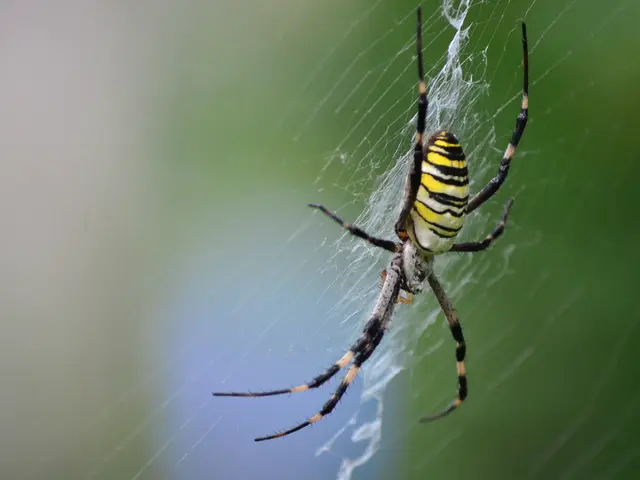The continued significance of an ancient animal remains crucial for the pharmaceutical sector's advancements.
In the world of pharmaceutical testing, a humble marine creature, the horseshoe crab, has played an indispensable role for decades. However, this vital role is now putting these ancient beings at risk.
Horseshoe crabs, particularly the tri-spine and American species, have been facing the brunt of overexploitation due to their valuable blood. The blood, rich in a substance called Limulus Amebocyte Lysate (LAL), is used to detect bacterial endotoxins in vaccines and drugs. This has been crucial in ensuring the safety of medications, but the rapid surge in demand for LAL testing, particularly for Covid-19 vaccines, has led to an ongoing decline in global horseshoe crab stocks.
This overexploitation has significant consequences for the crabs. Studies show that bleeding horseshoe crabs can reduce mating activity, lower immune function, and increase vulnerability to predation. The process of catching, bleeding, and releasing these creatures back into the wild results in a mortality rate of approximately 15-30%.
Internationally, horseshoe crabs are popular targets for smugglers due to the high price fetched by their blood. This illegal trade further exacerbates the threat to these already endangered and vulnerable species.
However, there is a glimmer of hope on the horizon. Anthony Dellinger's group at Kepley BioSystems has made a significant breakthrough. They found that aquacultured horseshoe crabs could be bled at 10% of their volume up to 24 times a year, with 100% survival. This sustainable practice could potentially alleviate the pressure on wild populations.
In the United States, alternative reagents to LAL are increasingly being used and endorsed by regulatory bodies like the United States Pharmacopeia (USP). These alternatives, such as recombinant Factor C (rFC) and in vitro pyrogen tests, provide scientifically validated, animal-free methods for endotoxin testing. The use of these alternatives reduces dependence on horseshoe crab blood and promotes ethical, sustainable pharmaceutical practices.
Eli Lilly, a major pharmaceutical company, has been at the forefront of this change. They started using rFC in 2016 after undergoing lengthy additional procedures to achieve FDA approval. Today, they conduct 80% of their testing with rFC.
Studies have found recombinant factor C (rFC) assays to be comparable to, and in some cases even more effective than, LAL for bacterial endotoxin testing. In November 2024, the US Pharmacopeia issued guidelines on the use of recombinant reagents for endotoxin testing, further endorsing this shift towards sustainable practices.
While the journey towards sustainable pharmaceutical testing is far from over, these developments offer a promising path forward for both the pharmaceutical industry and the threatened horseshoe crab population. It's a testament to the power of scientific innovation and the importance of ethical considerations in our pursuit of progress.
However, challenges remain. An investigation by NPR found that, in the US, fishermen hired by bleeding companies were handling horseshoe crabs badly and, in some cases, even violating harvesting laws. This underscores the need for stricter regulations and enforcement to protect these ancient creatures.
As we move forward, it's crucial to remember that every small step towards sustainability counts. The future of horseshoe crabs, and the pharmaceutical industry, depends on it.
Read also:
- Peptide YY (PYY): Exploring its Role in Appetite Suppression, Intestinal Health, and Cognitive Links
- Toddler Health: Rotavirus Signs, Origins, and Potential Complications
- Digestive issues and heart discomfort: Root causes and associated health conditions
- House Infernos: Deadly Hazards Surpassing the Flames





